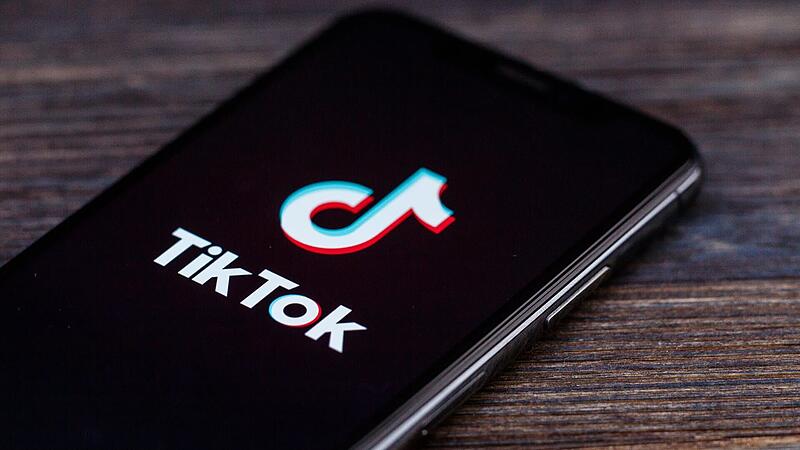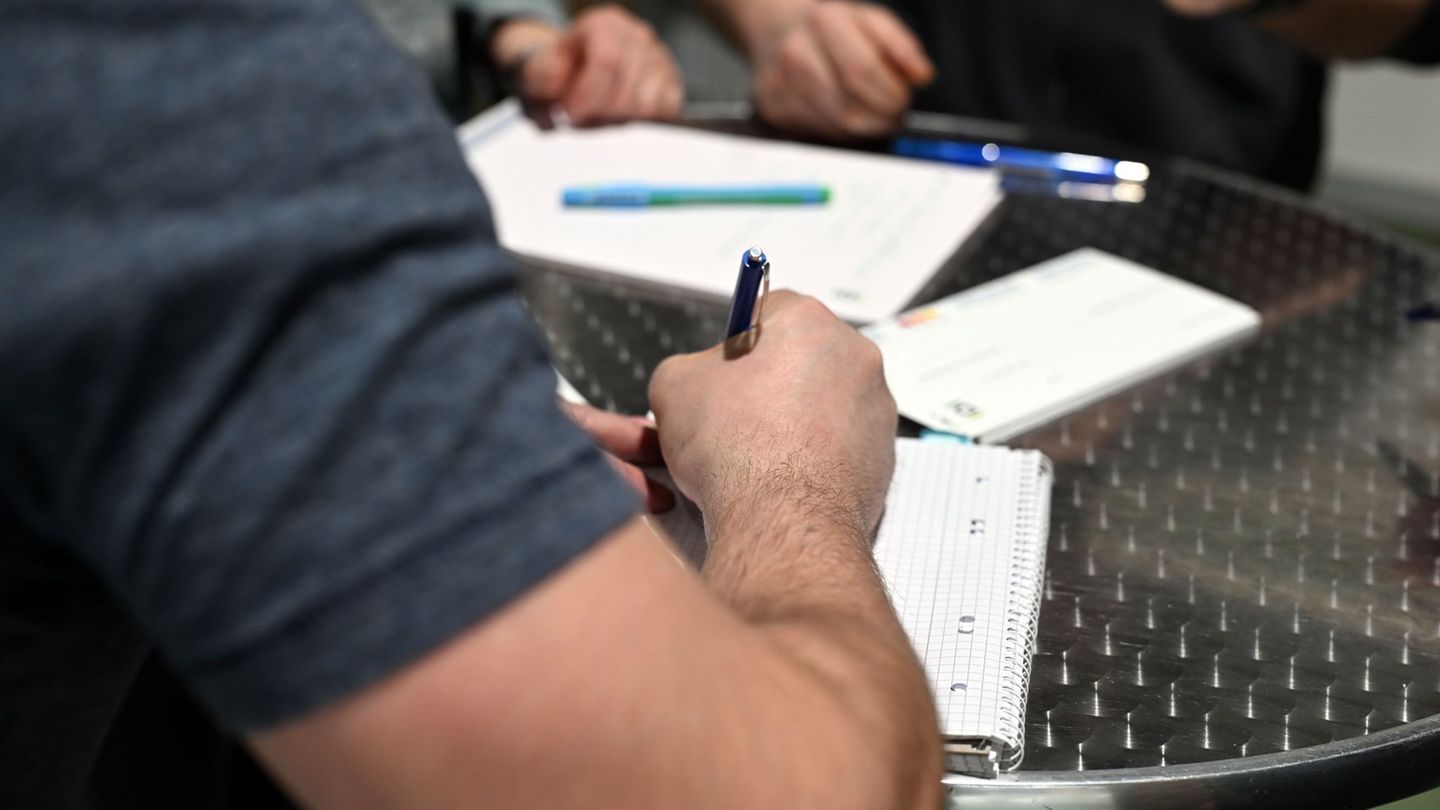Whether particularly sharp, particularly disgusting or a lot in one piece – people watch other people eating. That also harbors dangers. “In principle, it’s all a competition. And a competition often goes into something extreme,” said Christina Holzapfel from the dpa news agency. She is a professor and head of the research group “Personalized Nutrition and E-Health” at the Technical University of Munich. The trends become dangerous if they are underestimated and not classified.
Health dangers from trends
Efecan Kültür, a Turkish Tikkeer, posted videos almost daily in which he ate tons of food in front of the camera – they were clicked a thousand times. The food is called “Mukbang” in front of the camera, the Kültür run. At the age of only 24, he recently died of his obesity, as several Turkish media reported. Accordingly, he had previously spent a long time in the hospital.
And that is not an isolated case: Due to Essen trends with large quantities or extreme sharpness, among other things, health emergencies have repeatedly occurred in users of social media.
Risk of imitation is high
Experts say that the risk of imitation is extremely high. “If the videos are sometimes faked, it can be a real problem,” says Harald Seitz from the German Center for Nutrition. “No one normally eats these portions. They can’t do that at all, the body doesn’t do that at all. The stomach is simply full at some point.” The composition of meals is also crucial.
- Read too: Mental health: school pressure and social media strain young people
What you see in many videos are energy -rich, energy -density foods with many calories, says expert Holzapfel. “This amount that is eaten should be an exception and this is of course also an extraordinary situation for the body.” If you eat beyond saturation, the body often reacts accordingly – with nausea, with a feeling of fullness, with flatulence to vomiting. “The body also defends itself against these large amounts of food,” says Holzapfel.
Eating alone will stream
At some point in the nineties, the “Mukbang” trend in South Korea was created by a rather strange coincidence: When a gamer on the popular, Korean streaming platform “Afreecatv” got hungry and a cup of instant pasta in front of the camera, it should have been so well received by the viewers that a number of imitators were soon.
The phenomenon is composed of the words “MUK-DA” (Essen) and “Bang Song” (Radio/Senden), and already describes the activity pretty well: you film yourself when eating.
Start of the phenomenon in South Korea no coincidence
It is no coincidence that the phenomenon started in South Korea of all people. After the meals in the strictly confectionery culture of Korea were characterized by strict rituals, the eating culture has radically changed in recent decades with the emergence of the modernization of the country. Young office workers, plagued by long working hours and short lunch breaks, eating fast food quickly under time pressure. And often they no longer do this in social rounds, as was considered a norm in collectivist society, but solely in front of their laptop.
“For many, this community meal, of course, is also beneficial for many. And that already has a psychological advantage,” says Expert Seitz.
Topic nutrition on social media very present
The platforms themselves stay in the observation of content on guidelines – Tiktok, for example, has a community guideline, according to which potentially endangering content is proven with age restrictions. The services only offer the platform for the distribution, says Holzapfel. Nevertheless, the lack of classification of the content of experts is a problem.
“In the end, social media is a platform about which people inquire about and also get their knowledge and naturally share information,” says Holzapfel. There are certainly also positive effects, for example because you can network well. “For example, there are many recipes and cooking videos on all nutritional styles.” The topic of nutrition is very present on social media.
Enlightenment instead of raised index finger
However, the problem is “that every expert can call himself and then these messages are not evidence -based and are not from science,” says Holzapfel.
Seitz is only useful to a certain extent. A “raised index finger” probably does not have the desired effect. Nevertheless, the clarification is important “It is only about saying: here, take care, with such trends: Yes, that can be funny and entertaining, but don’t let yourself be misled.”
Source: Nachrichten




